Wood is an incredibly versatile building material that is commonly used in residential and commercial construction. In addition to being a versatile building material, wood is a unique substrate when it comes to coating options, with opaque (paint and solid hide stains), stains (semi-transparent and translucent), and clear coatings all being available for use.
When specifying exterior wood coatings for exterior projects, it is important to understand the type of environment the substrate will be exposed to. If the wood substrate is not suitably protected, exposure to moisture and ultraviolet rays can cause significant structural damage.
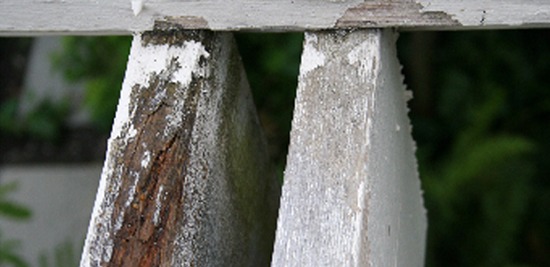
Water damage and subsequent rot on unprotected wood
The list below will review the advantages and disadvantages of each coating type for exterior applications.
Opaque Finishes (Paint and Solid Hide Stains)
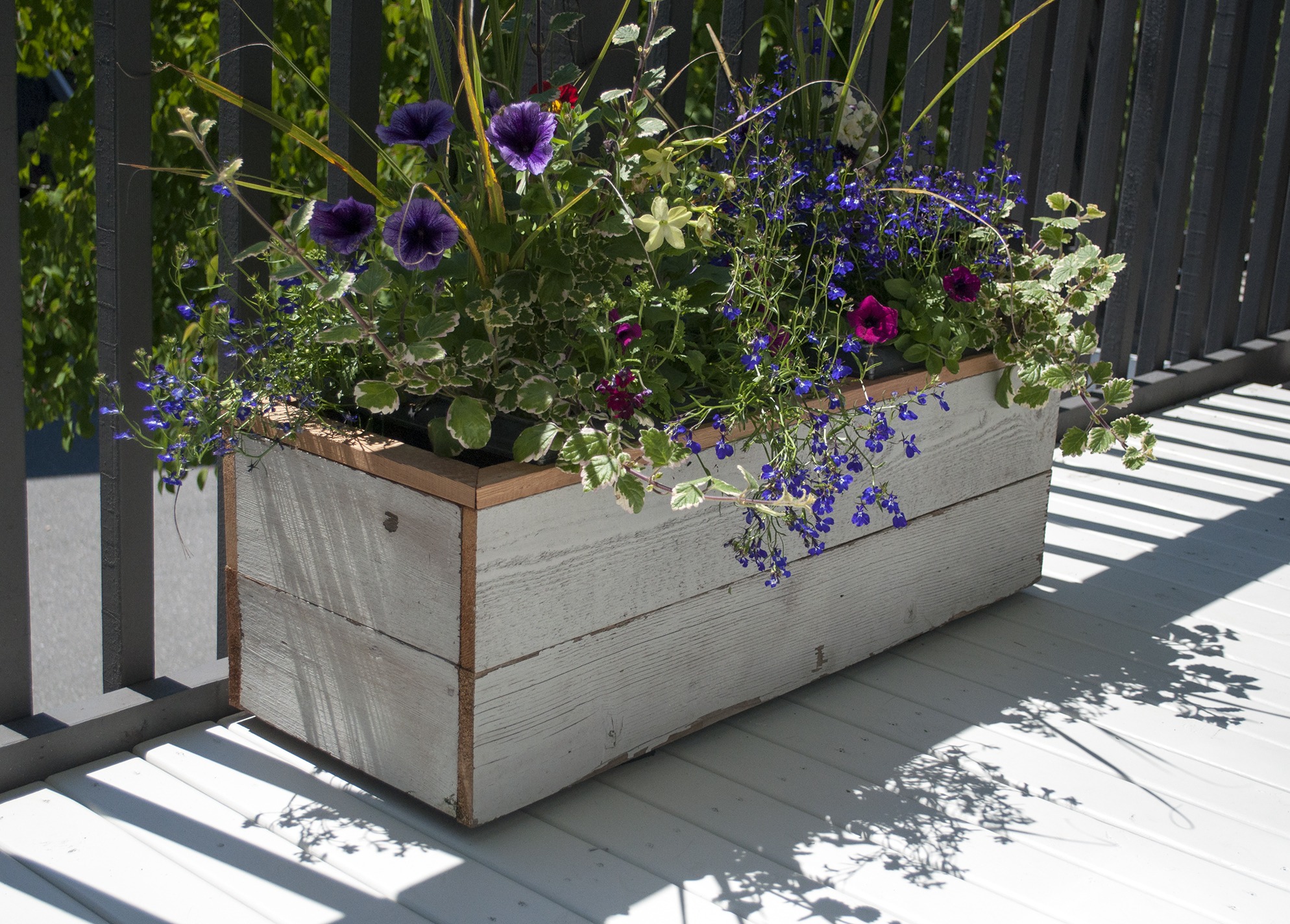
Sikkens Proluxe Rubbol Solid Stain
Opaque finishes form a protective film on top of the wood substrate and typically offer the best form of protection against moisture and UV rays. Despite the increased protection from using opaque finishes, they completely mask the grain and color of the wood. This can be undesirable from an aesthetic perspective, especially where high-quality, exotic woods are used.
When using opaque finishes, it is important to use either an oil/alkyd wood primer, or a specially formulated waterborne primer to seal the wood and to reduce stains from bleeding through the topcoat. Generally, oil/alkyd primers are able to penetrate deeper into the wood than their waterborne alternatives (and therefore seal the substrate better); however, these waterborne primers dry faster, show better resistance to blistering, and have lower VOC content.
Stains (Semi-transparent and Translucent)
Stain products impart color into the wood either by dying the wood grain, or by depositing pigment near or on the surface of the wood.
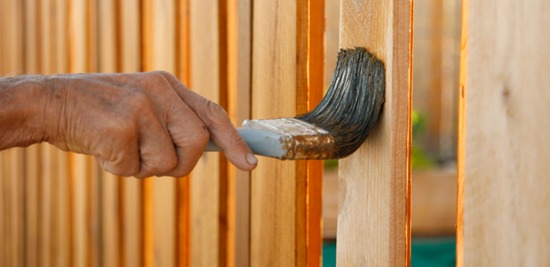
Translucent stain is commonly applied to decks and fencing
Stains provide a compromise when trying to balance performance and aesthetics. From an aesthetic perspective, most of the wood grain is visible and the natural color of the wood is only slightly augmented by the coating. Although these coatings do provide some protection from the elements, the duty cycle of stains will generally be shorter than an opaque finish.
Clear Finishes
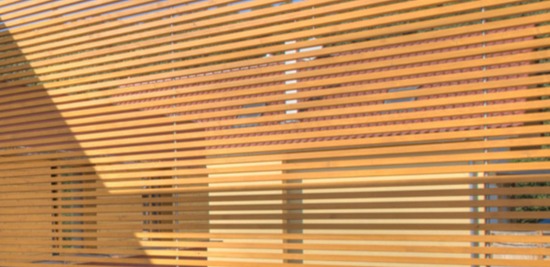
Clear stains require more regular maintenance
Clear finishes provide very little protection from UV rays but allows the natural grain and color of wood to show through. Aesthetically, clear finishes are highly desirable where premium woods are used. Despite the strong aesthetic appeal of using clear finishes in exterior applications, these coatings typically require maintenance every 6 to 12 months in order to ensure adequate protection from the elements.
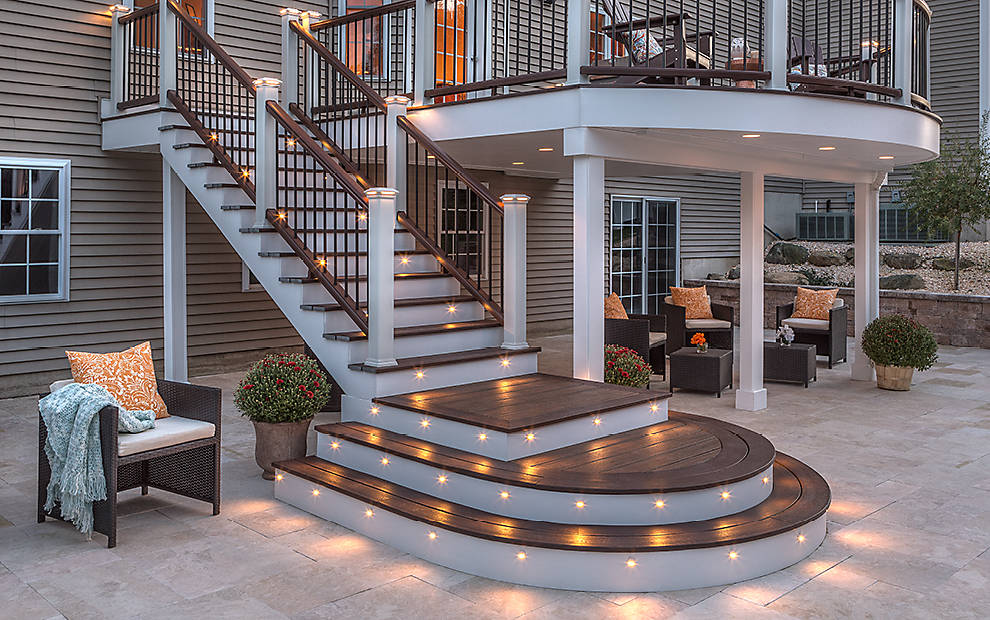
How to Apply Hardwood Penofin® Stain
See how Penofin for Hardwood brings this Southern California deck to life! Easy to apply and maintain Penofin for Hardwood enhances the grain and natural rich color of Ipe, Ironwood, Tigerwood, Teak, Mahogany, Paulope, etc… The world class stain for world class decks!



